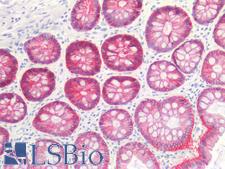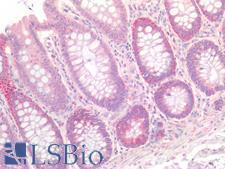Login
Registration enables users to use special features of this website, such as past
order histories, retained contact details for faster checkout, review submissions, and special promotions.
order histories, retained contact details for faster checkout, review submissions, and special promotions.
Forgot password?
Registration enables users to use special features of this website, such as past
order histories, retained contact details for faster checkout, review submissions, and special promotions.
order histories, retained contact details for faster checkout, review submissions, and special promotions.
Quick Order
Products
Antibodies
ELISA and Assay Kits
Research Areas
Infectious Disease
Resources
Purchasing
Reference Material
Contact Us
Location
Corporate Headquarters
Vector Laboratories, Inc.
6737 Mowry Ave
Newark, CA 94560
United States
Telephone Numbers
Customer Service: (800) 227-6666 / (650) 697-3600
Contact Us
Additional Contact Details
Login
Registration enables users to use special features of this website, such as past
order histories, retained contact details for faster checkout, review submissions, and special promotions.
order histories, retained contact details for faster checkout, review submissions, and special promotions.
Forgot password?
Registration enables users to use special features of this website, such as past
order histories, retained contact details for faster checkout, review submissions, and special promotions.
order histories, retained contact details for faster checkout, review submissions, and special promotions.
Quick Order
PathPlusTM CLDN3 / Claudin 3 Antibodies
Tight junctions represent one mode of cell-to-cell adhesion in epithelial or endothelial cell sheets, forming continuous seals around cells and serving as a physical barrier to prevent solutes and water from passing freely through the paracellular space. These junctions are comprised of sets of continuous networking strands in the outwardly facing cytoplasmic leaflet, with complementary grooves in the inwardly facing extracytoplasmic leaflet. The protein encoded by this intronless gene, a member of the claudin family, is an integral membrane protein and a component of tight junction strands. It is also a low-affinity receptor for Clostridium perfringens enterotoxin, and shares aa sequence similarity with a putative apoptosis-related protein found in rat.
4 PathPlusTM Antibodies




☰ Filters
Products
Antibodies
(4)
Type
Primary
(4)
Target
CLDN3 / Claudin 3
(4)
Reactivity
Human
(3)
Mouse
(1)
Rat
(1)
Application
IHC-P
(4)
WB
(3)
ELISA
(1)
IF
(2)
IP
(1)
Host
rabbit
(3)
mouse
(1)
Product Group
PathPlus Cancer
(4)
Isotype
IgG
(2)
Clonality
monoclonal mc
(1)
polyclonal pc
(3)
Clone
ABT-CLD3
(1)
Format
Unconjugated
(4)
Epitope
140-220 aa, C-terminal
(1)
C-Terminus
(1)
Publications
No
(4)

Cancer
CLDN3 / Claudin 3 Rabbit anti-Human Polyclonal (140-220 aa, C-terminal) Antibody
Mouse, Rat, Human
ELISA, IF, IHC-P, WB
Unconjugated
50 µg/$460

Cancer
CLDN3 / Claudin 3 Rabbit anti-Human Polyclonal (C-Terminus) Antibody
Human
IF, IHC-P, IP, WB
Unconjugated
50 µl/$460

Cancer
CLDN3 / Claudin 3 Mouse anti-Human Monoclonal (ABT-CLD3) Antibody
Human
IHC-P, WB
Unconjugated
50 µl/$460

Cancer
Fast Shipping
CLDN3 / Claudin 3 Rabbit anti-Human Polyclonal Antibody
IHC-P
Unconjugated
50 µg/$460
Viewing 1-4
of 4
product results










